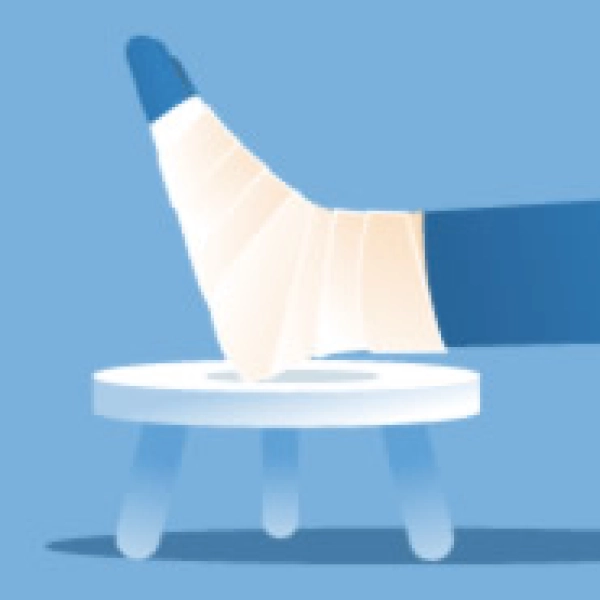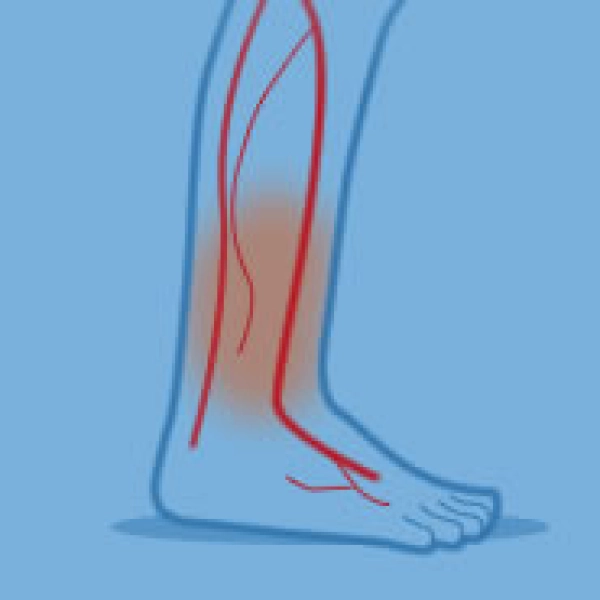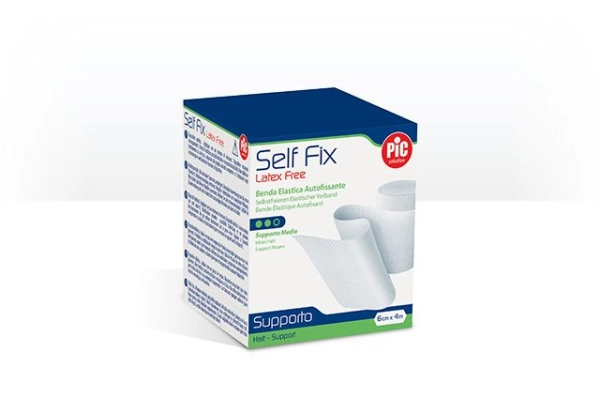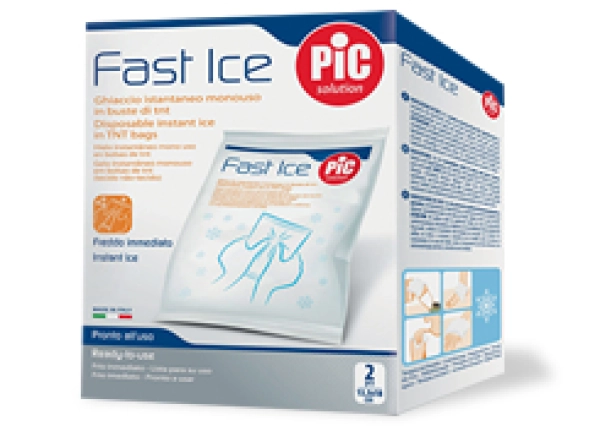

Every muscle contraction, every movement a sports or work activity requires, subjects tendons to pressure. Usually, the fibres that connect muscles and bones are so elastic that tendons are more likely to break part of the bone or tear a muscle rather than break or tear themselves. While this makes them real "heavyweight champions", it also means they are very sensitive to small trauma - especially if frequent and repeated over time: at that point, inflammation will affect the tendon's natural resistance and elasticity. Small trauma are frequent enough in anyone playing sports or carrying out manual tasks, and in most cases the resulting inflammation is described as "acute" because it is fast and short-lived. The affected area becomes warm, red and sore, but once the inflammation heals the tendon fully recovers its integrity. However, a different type of inflammation can also arise when tendons are not treated correctly and timely: the situation degenerates into chronic or long-term inflammation, in which tendon fibres alter to the point that a specialist's help is needed.
The Achilles tendon is easily subject to inflammation amongst people who practice regular sports activity: runners as well as football and basketball players, on top of anyone else who likes sports where you run and use your feet a lot. Technically known as "achilles tendinopathy" in medical jargon, it affects the heel. The tendon is very close to the skin right above this area, and can be easily located because it's the biggest tendon connecting the two major muscles in the calf to the back of the heel bone. When repetitively subject to severe stress, it stiffens and causes inflammation - which can turn into an actual tendon tear if ignored. The therapy for tendinopathy includes rest, icing the affected area and possibly, if the doctor so prescribes, anti-inflammatory drugs.
So-called "tennis elbow" is a well-known term used for lateral epicondylitis, i.e. the painful inflammation of the forearm's extensor muscles, located on the outside of the elbow, which allow us to lift our hand and wrist. Any activity that entails repeated and intense movements of the arm and wrist with the palm of the hand facing down can damage the tendons in the elbow, and lead to the typical symptoms of tennis elbow. One of the most common signs of this inflammation is pain in the outside area of the elbow (the lateral epicondyle), sometimes combined with swelling, when grabbing objects with the hand. Treatment requires applying ice compresses and bandaging the arm, sometimes adding anti-inflammatory pharmaceutical therapy. Usually, the people most at risk for this problem are between 30 and 50 years of age.
A lesser known, but just as painful, variant of this type of inflammation is "tennis foot": also known as plantar fasciitis, it is not reserved to tennis court stars and indeed often affects joggers, marathoners and anyone running on hard surfaces wearing the wrong shoes. Plantar fasciitis is an inflammation of the sturdy and fibrous membrane of the plantar fascia, which provide the tension necessary for the foot to maintain the right curvature and contribute to absorbing the micro-trauma that naturally occur while walking or doing sports.
Another very common type of inflammation is the one that affects the rotator cuff, a series of tendons tied to the muscles in the shoulders. In this case, the athletes most at risk are those who use the shoulder joints too much, such as weight, hammer and javelin throwers, volleyball players, basketball player and once again tennis players, who truly seem to collect tendonitises. Then there is the so-called "jumper's knee", an inflammation of the patellar tendon that is typical in athletes whose specialities are the long, high or triple jump. There is also a specific form of tendonitis of the thumb that usually troubles bowlers, and a rare one known as "goose foot", which can affect equestrians' knees.





